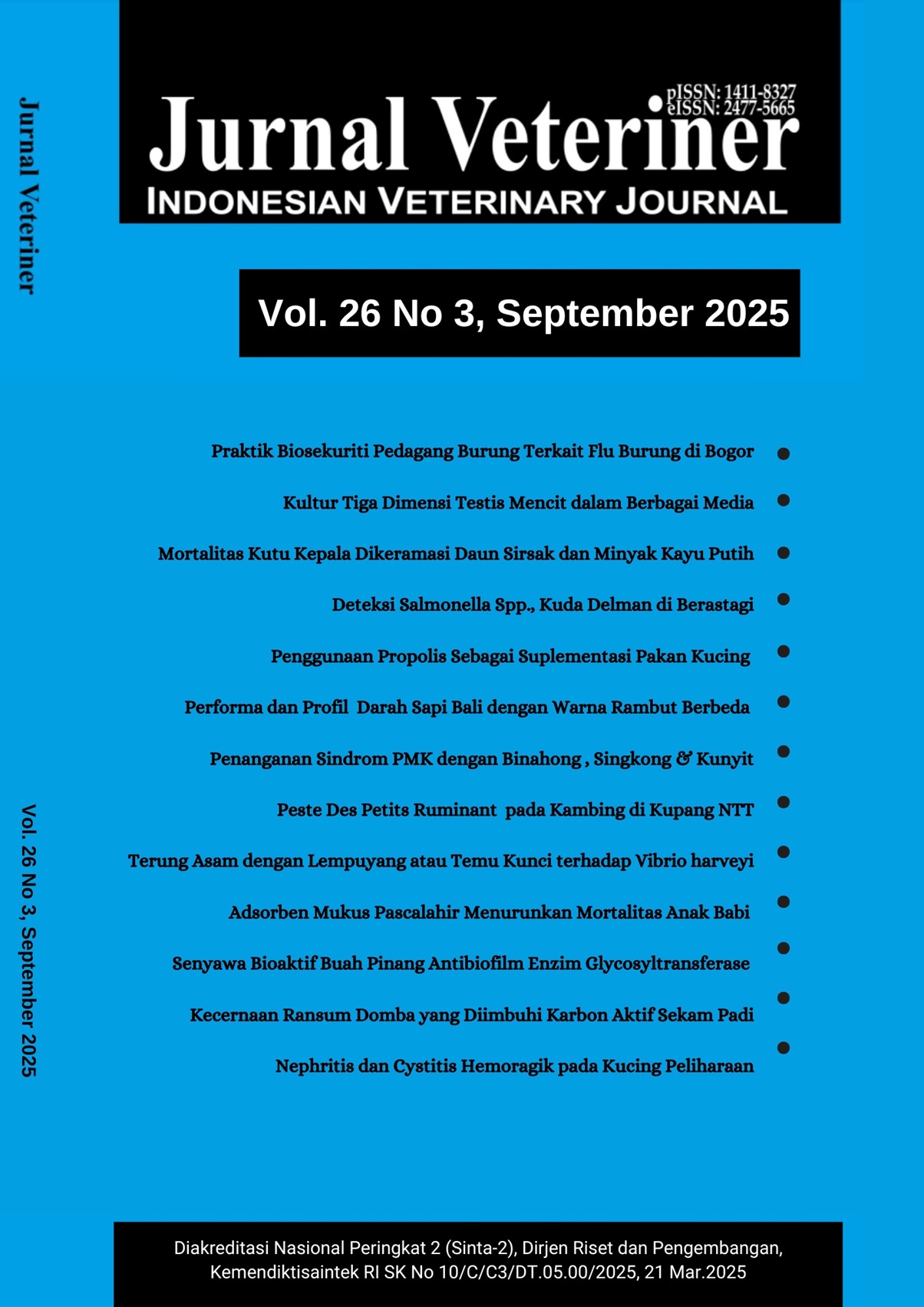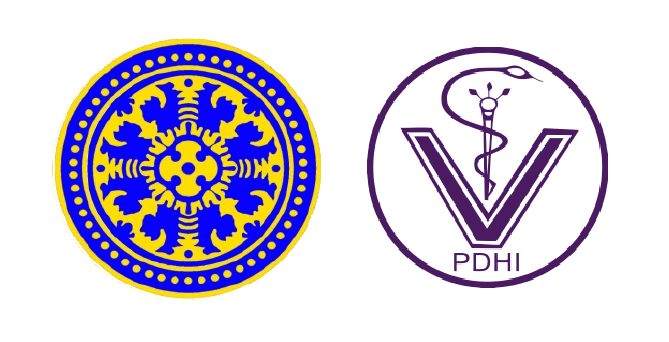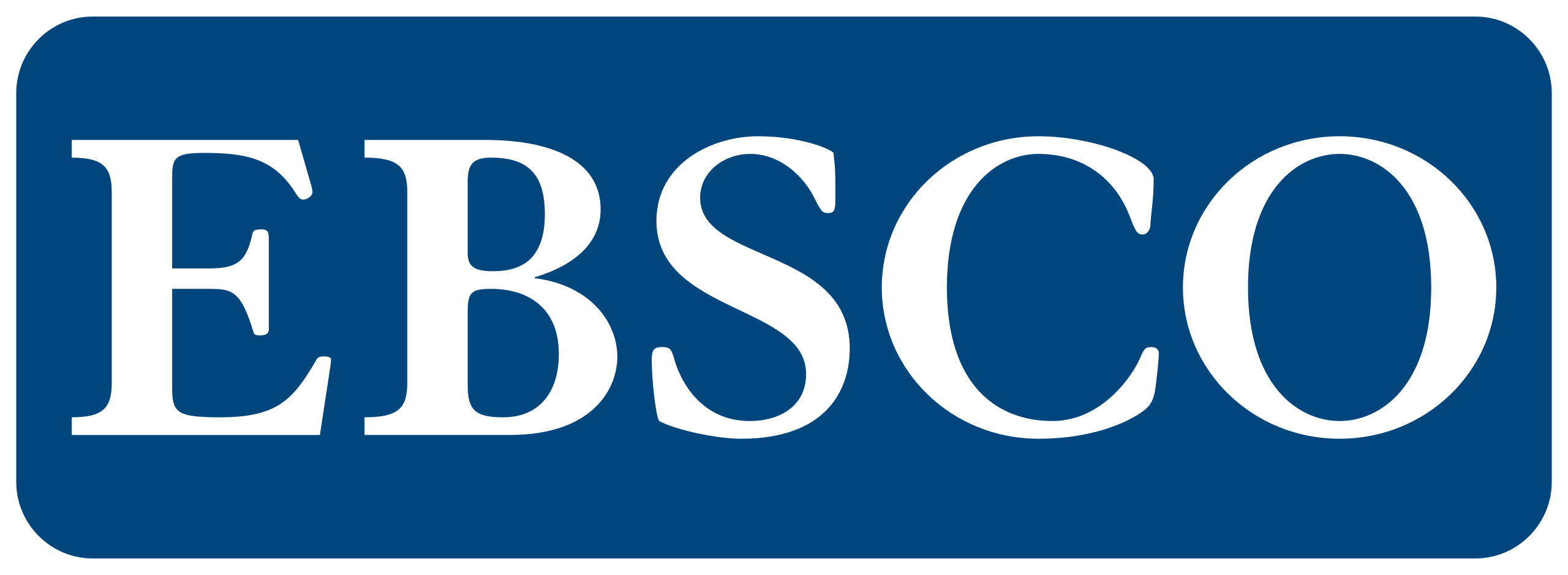Mucus Drying Shortly After Birth Using Clay Adsorbent Effectively Maintained Temperature, Performance, Behaviour, and Reduced Mortality In Pre-Weaning Piglets
DOI:
https://doi.org/10.19087/jveteriner.2025.26.3.387Keywords:
Behaviour, Mucus Drying, PerformanceAbstract
This study was aimed to determine the effect of mucus drying methods on newborn piglets on their postnatal behavior and preweaning performance. The research was conducted from February to May 2024 at a smallholder pig farm in Godean District, Sleman Regency, Yogyakarta. Treatments were applied to 66 newborn Landrace crossbred piglets and consisted of no drying assistance (P1), drying assistance using cloth (P2), and drying assistance using a clay as adsorbent (P3). The variables observed included body temperature, drying time, suckling time, postnatal behavior, and pre-weaning
performance. Behavior was recorded and analyzed using Closed-Circuit Television (CCTV) video footage. The data were analyzed using Analysis of variance and Analysis of covariance with the R programming language. The P3 treatment significantly (p<0.05) influenced body temperature at the 120th minutes and 24 hours after birth, body weight at two weeks, average daily gain (ADG) at 0–2 weeks (138.75 g/day), body length at 2 and 4 weeks, and chest circumference at 2 and 6 weeks. The P3 group also exhibited the lowest mortality rate (13.33 vs. 21.74%). Furthermore, P3 affected behavior 24 hours after birth, particularly walking, standing, searching for the mother’s nipple, and lying down with other piglets. Overall, the use of clay adsorbent effectively maintained piglet body temperature during the first 120 minutes after birth and primarily influenced piglet performance during the early postnatal period, with no significant effects observed in the later stages. Additionally, the use of clay adsorbent reduced mortality rates and enhanced piglet activity levels, demonstrating its effectiveness in supporting early postnatal adaptation.
Downloads
Published
Issue
Section
License
Copyright (c) 2025 Besse Tenri Nurul Hikmah, Tri Satya Mastuti Widi, Ika Sumantri, Sigit Bintara, Tristianto Nugroho, Hamdan Maulana, Erika Kusuma Wardani (Author)

This work is licensed under a Creative Commons Attribution 4.0 International License.
License Terms
This journal applies the terms of the Creative Commons Attribution 4.0 International License (CC BY 4.0).
Under this license, authors retain copyright and grant the journal the right of first publication. The published articles are freely available and can be:
-
Shared – copied and redistributed in any medium or format.
-
Adapted – remixed, transformed, and built upon for any purpose, even commercially.
Conditions:
-
Attribution – Appropriate credit must be given to the original author(s) and the source (the journal), a link to the license must be provided, and indication of any changes made must be included.
-
No additional restrictions – The licensor cannot apply legal terms or technological measures that legally restrict others from doing anything the license permits.
By submitting and publishing in this journal, authors agree to make their work available under the CC BY 4.0 License.
For more details, please visit: https://creativecommons.org/licenses/by/4.0/













